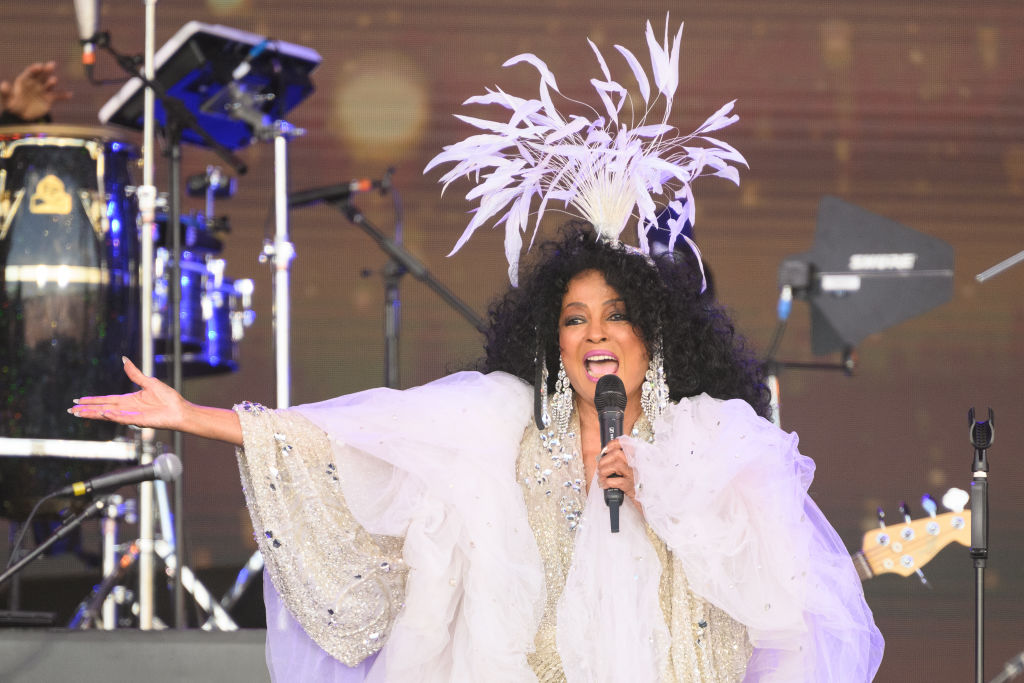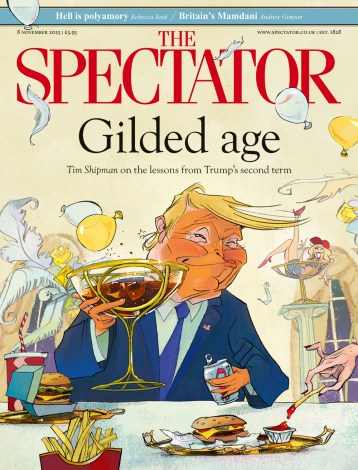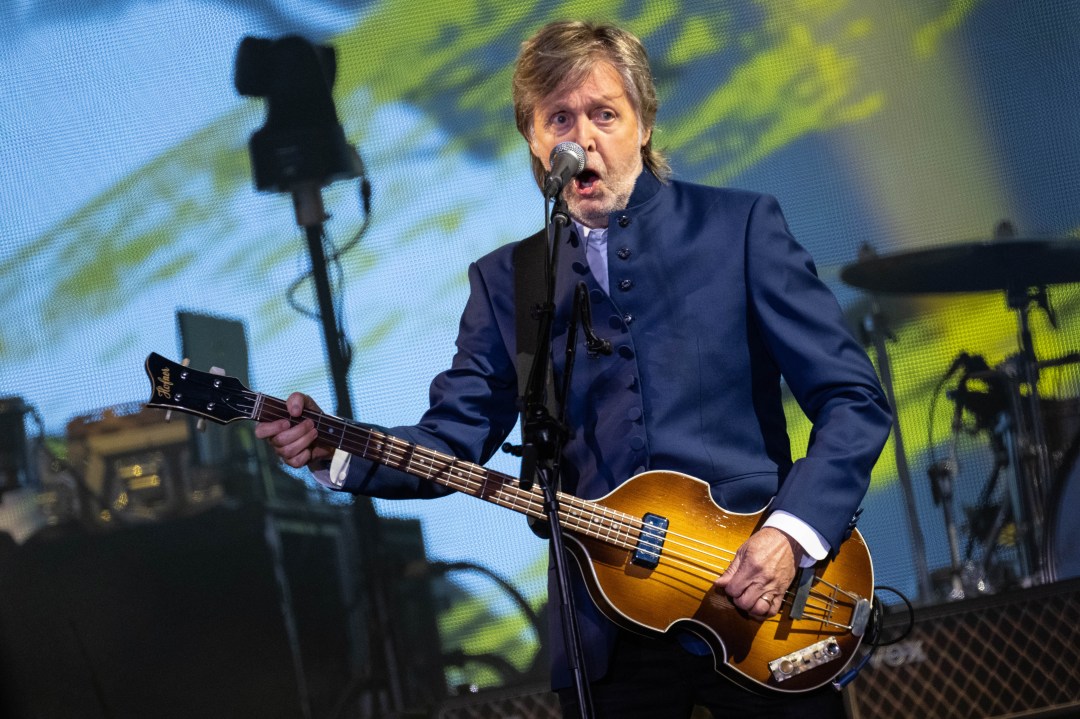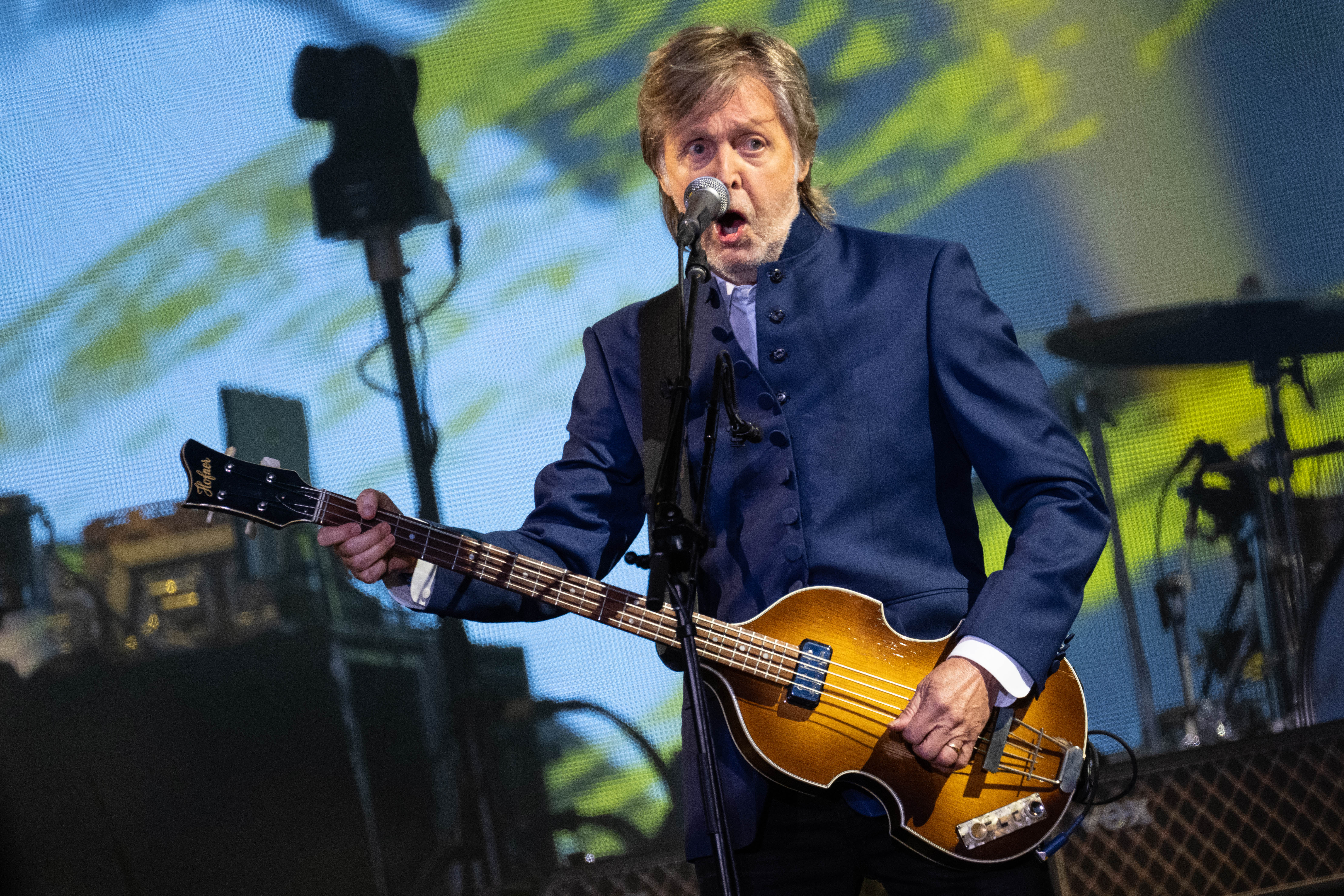‘Well, it’s just not Glastonbury, is it?’ said my daughter aggressively, when told that our yurt featured an actual bed, wardrobe with hangers and electric points, and hot showers just around the corner. Our excuse was this was my and my partner’s first Glastonbury and we had a combined age of 125. ‘Anyway, why are you there?’ she said. ‘These are not your people, these are my people.’
Not from what I could see. With headliners such as Diana Ross, the Pet Shop Boys and Sir Paul McCartney, Glastonbury today is more a singalong event for people born in the 1950s (my husband) or 1960s (me) than anyone within shouting distance of GCSEs. The point was inadvertently underlined by Helen, from Newcastle, a young woman whom I encountered queueing for the loo: ‘Nah, I’m not going to see John Lennon tonight,’ she announced airily. I stared at her. ‘Oh, sorry, I mean Paul Macca. You can tell I’m not really a fan.’

There is almost no commercial branding unless you count posters for a local cider brewery
This year it was the festival’s 50th birthday. Now the largest field-based festival in the world, Glasto began as a small music and arts event on Michael Eavis’s farm. Tickets were sent out if you sent Eavis a quid and an SAE. As befits something in its sixth decade, it is now formidably grown up. People riding on shoulders during the acts were not toddlers but grown women in sports bras. Quite a few people were hellbent on getting seriously drunk while wearing sequins. The Speakers Forum had moments from Ed Miliband and Chris Packham.
Rather like childbirth, or, dare I say it, the menopause, the reality of Glastonbury is way less shocking than its typical representation in the media. Yes, the loos are a bit grim but if you breathe through your mouth and don’t look down, they are usable. Yes, the audiences constitute quite a number of people in floral crowns and psychedelic jumpsuits, but the crush is far less busy than a Tube carriage on the London Underground in the morning. I quite easily managed to get my Glaswegian husband and myself into the mosh pit of Scottish band Primal Scream.
Perhaps the most impressive thing about it is that it is a truly independent artistic endeavour. Apparently EE recently hoped to re-brand it as the EE Glastonbury Festival, and waved wads of cash at the Eavis family by way of temptation. It failed. Having always listened to highlights on the radio or watched it on BBC iPlayer, I thought Glastonbury was almost a BBC event, but bar one stage (out of 100), the BBC is almost invisible. There were no boring, rambling DJ introductions before the music and no accidental celebrity events. There is almost no commercial branding unless you count posters for a local cider brewery and a tiny stand run by the Guardian. Three charities are promoted across the site (Greenpeace, Oxfam and WaterAid), but even that is unobtrusive. In this, it is probably the most straightforward arts event I have ever experienced, and this includes gigs in the subsidised sector.
There are no shops selling records by the headliners, no promotional book stands and, most wonderful of all, zero opportunities for God-like moments involving signings, selfies or speeches from celebrities ‘reaching out’ from on high to us, the common people. Apart from Sir Paul, nobody has an encore. Showbiz ego was to be found in Noel Gallagher’s swagger and Bobby Gillespie’s suit, but it felt tolerated rather than encouraged.
The most moving musical encounter I had was watching the 20-piece Black Dyke Band, one of the world’s most venerated brass ensembles, playing a mournful rendition of John Miles’s ‘Music’ on the Pyramid Stage. I was so overcome a security guard came up to see if I was all right, and a nice man from Bradford gave me a tissue.







Comments